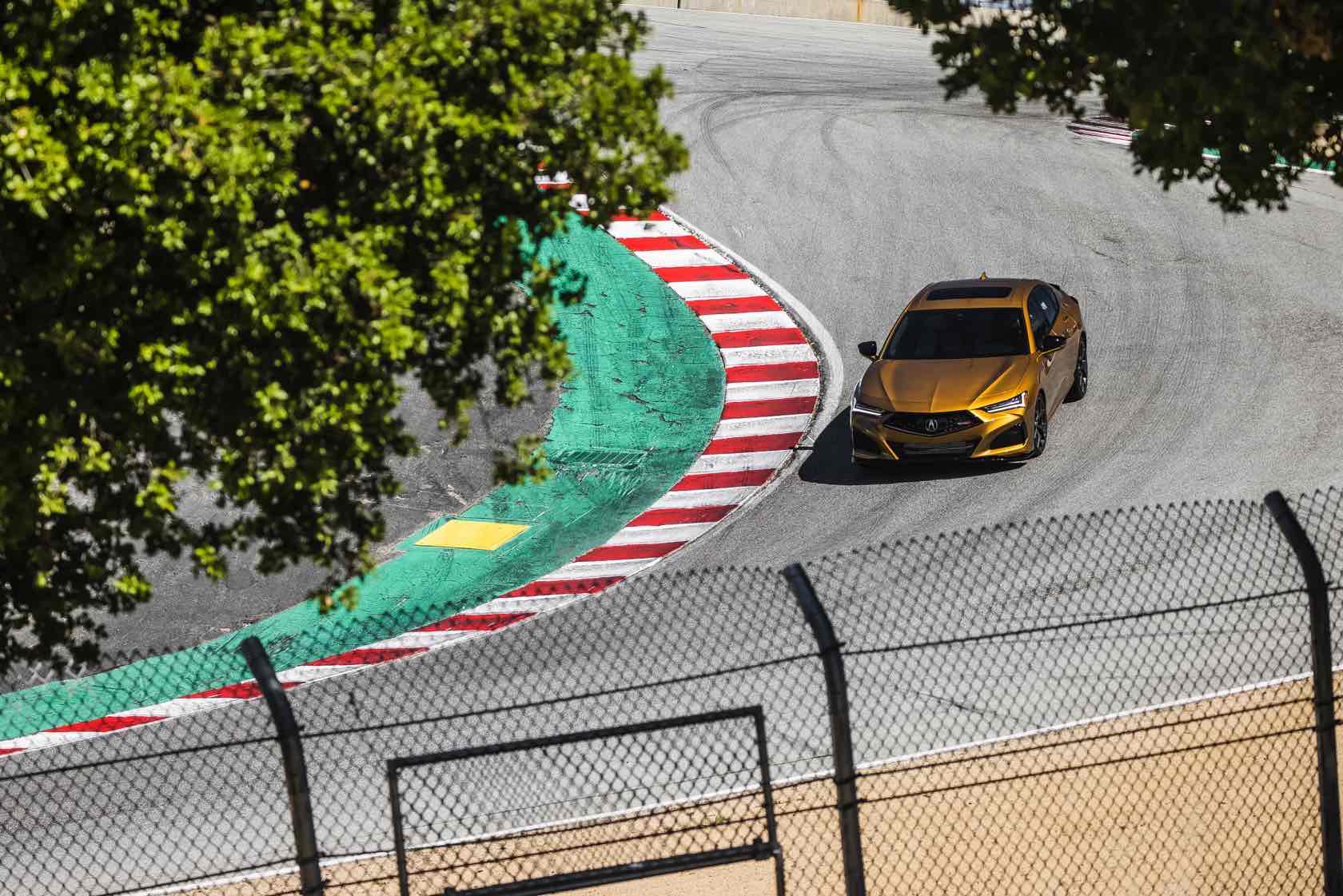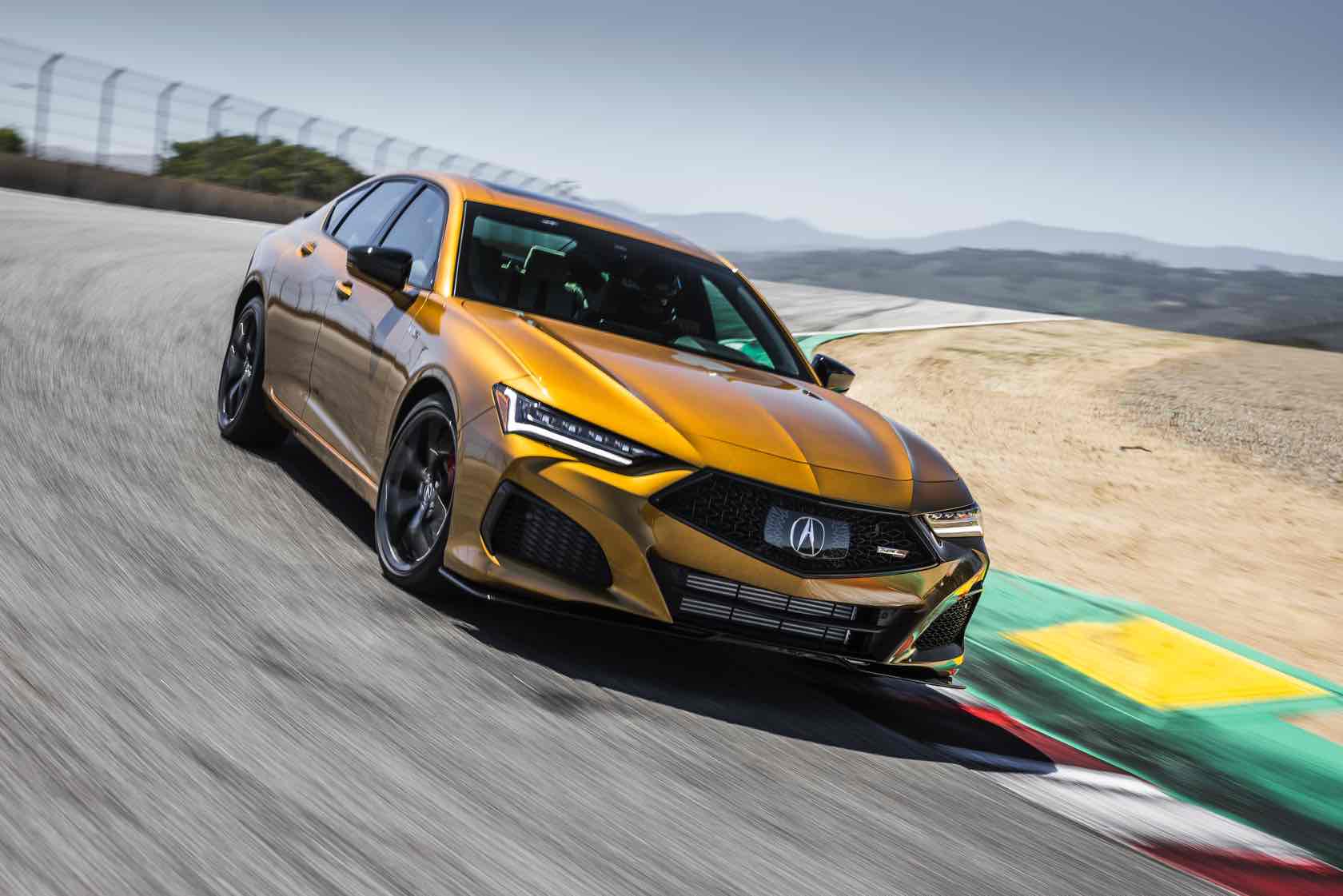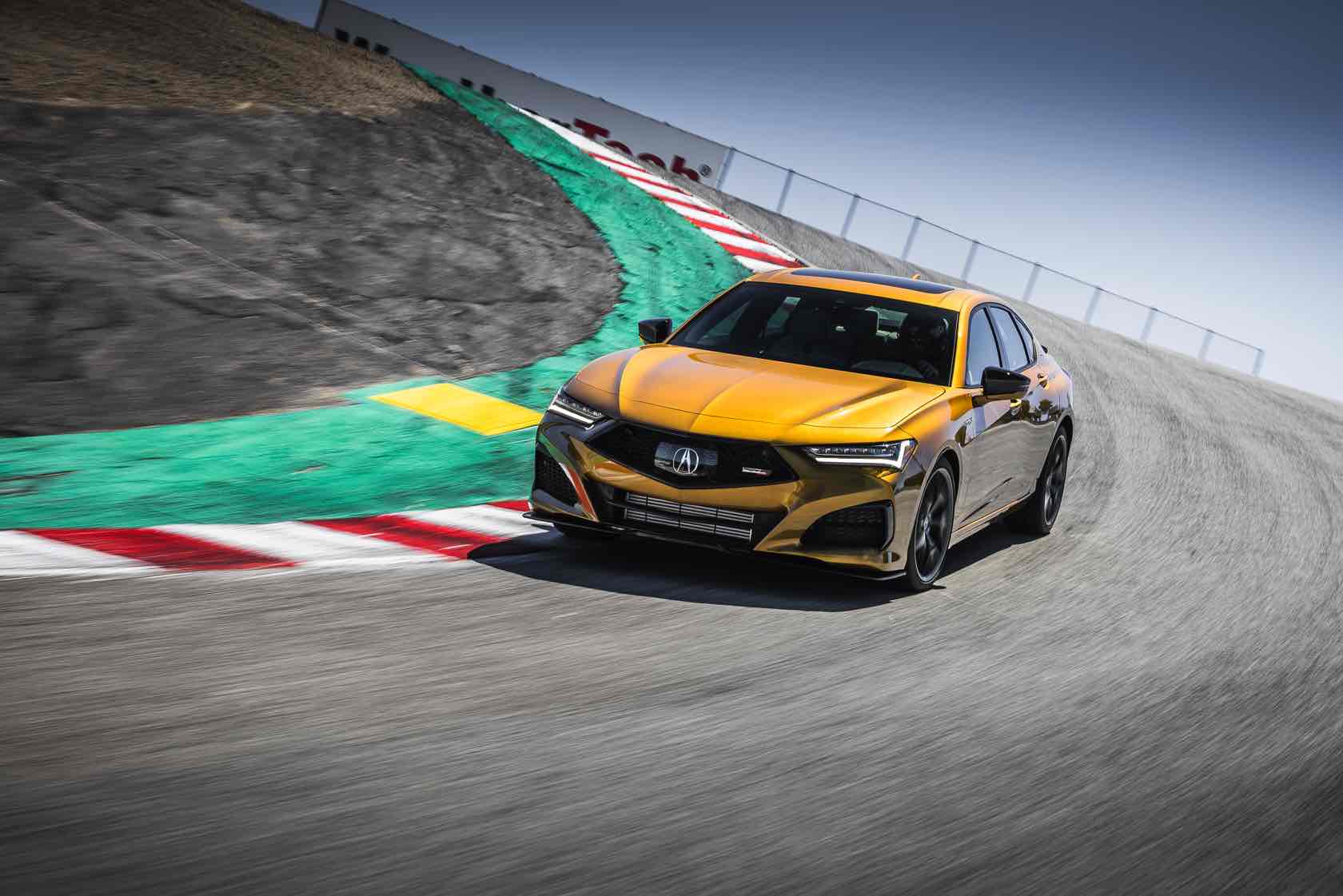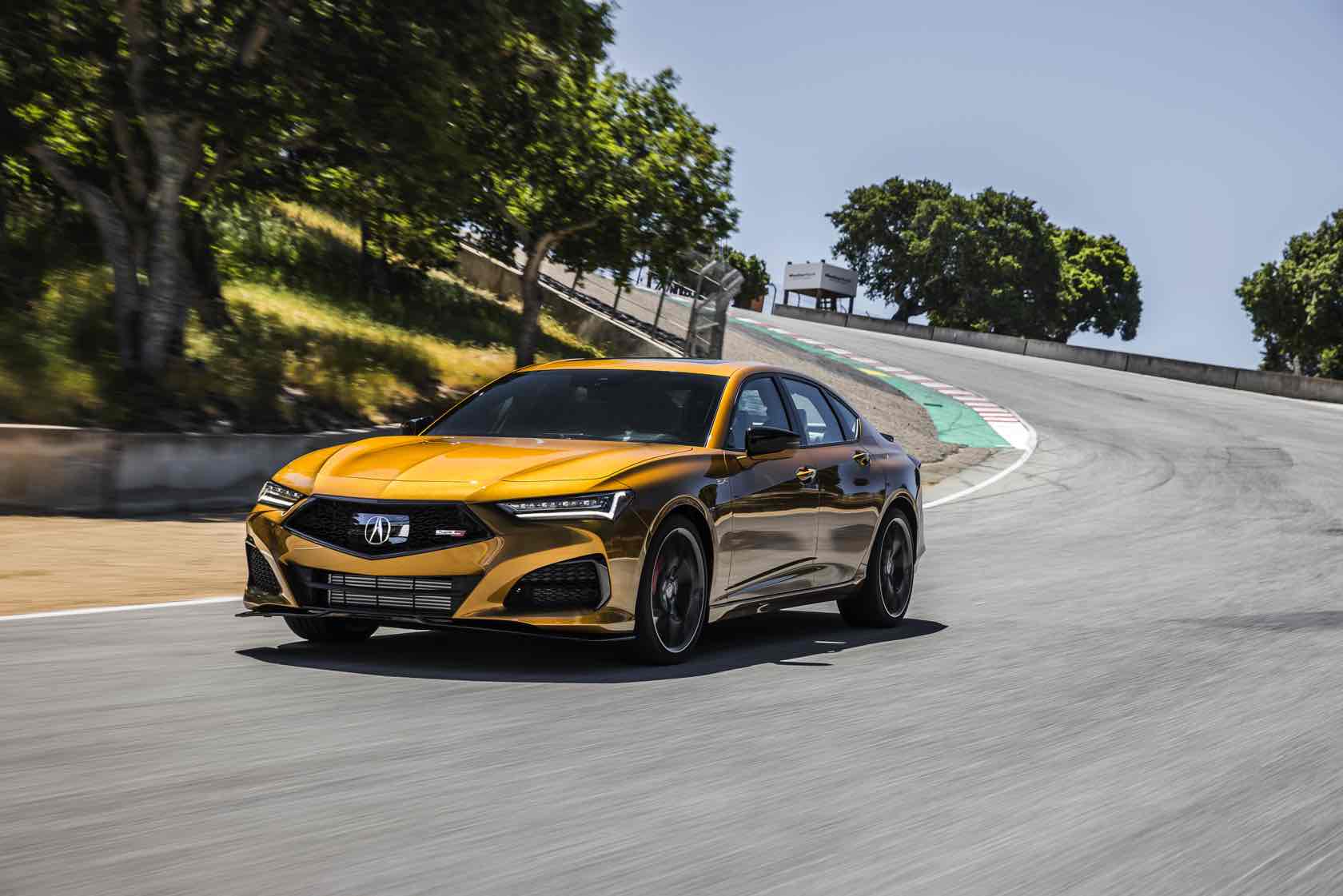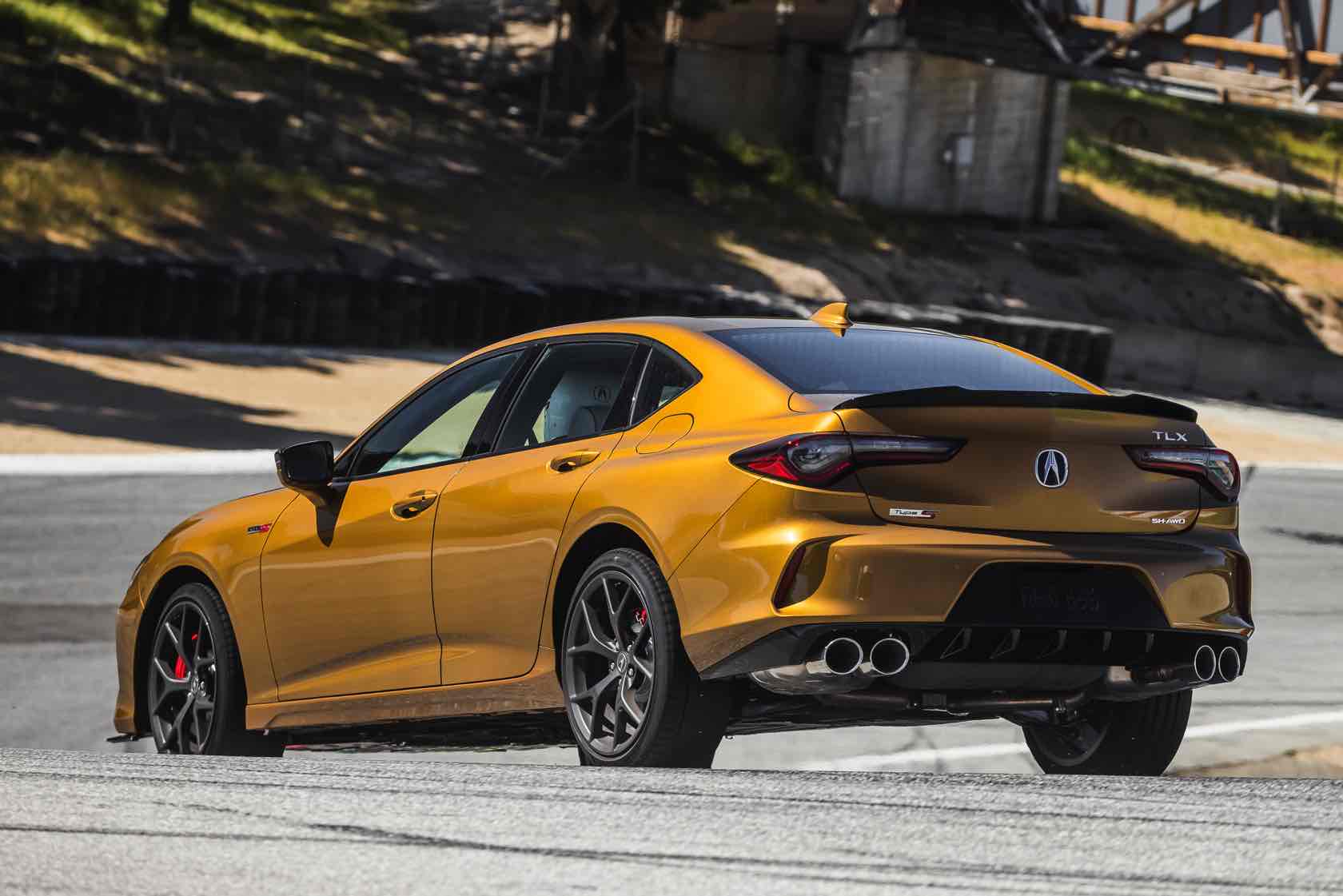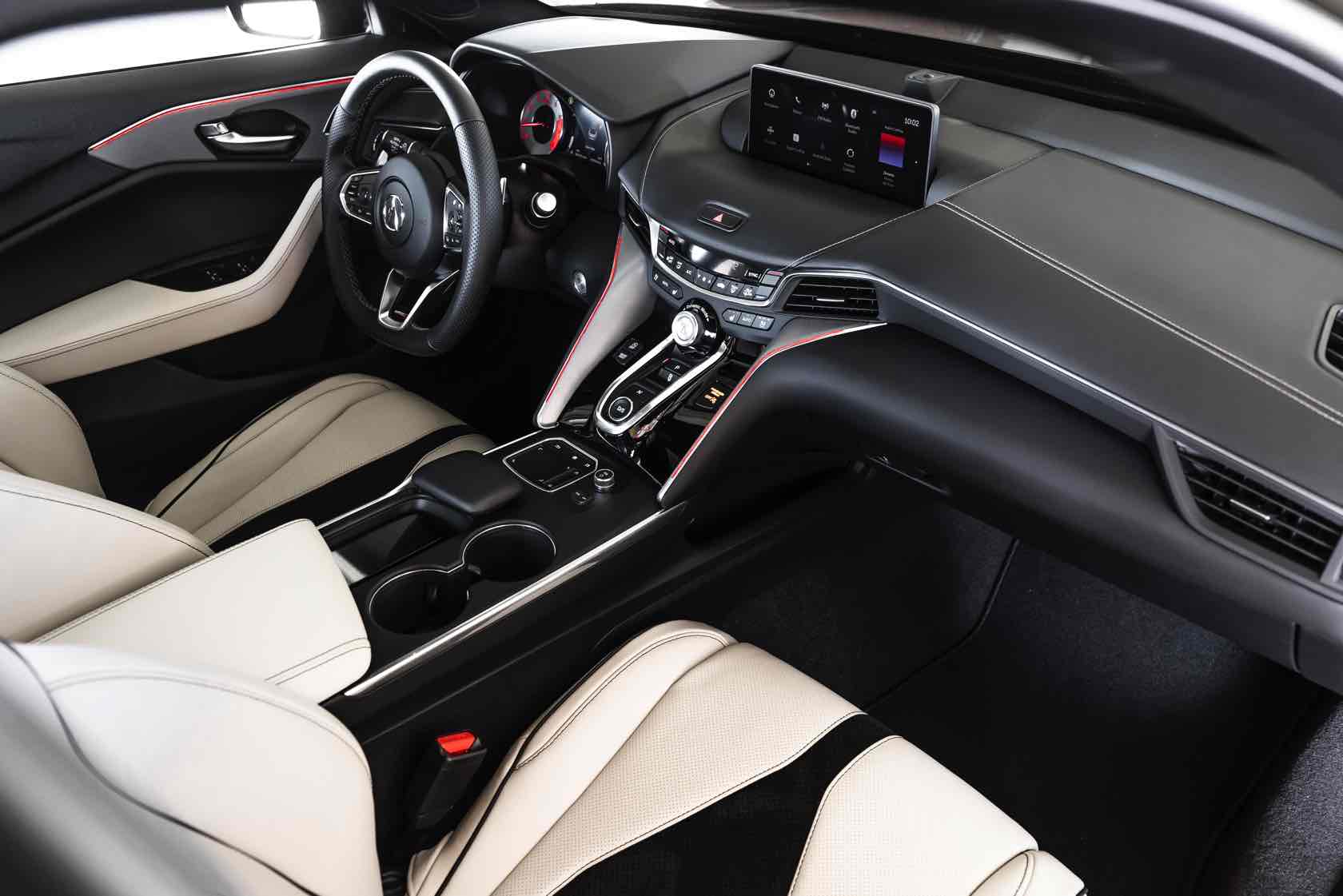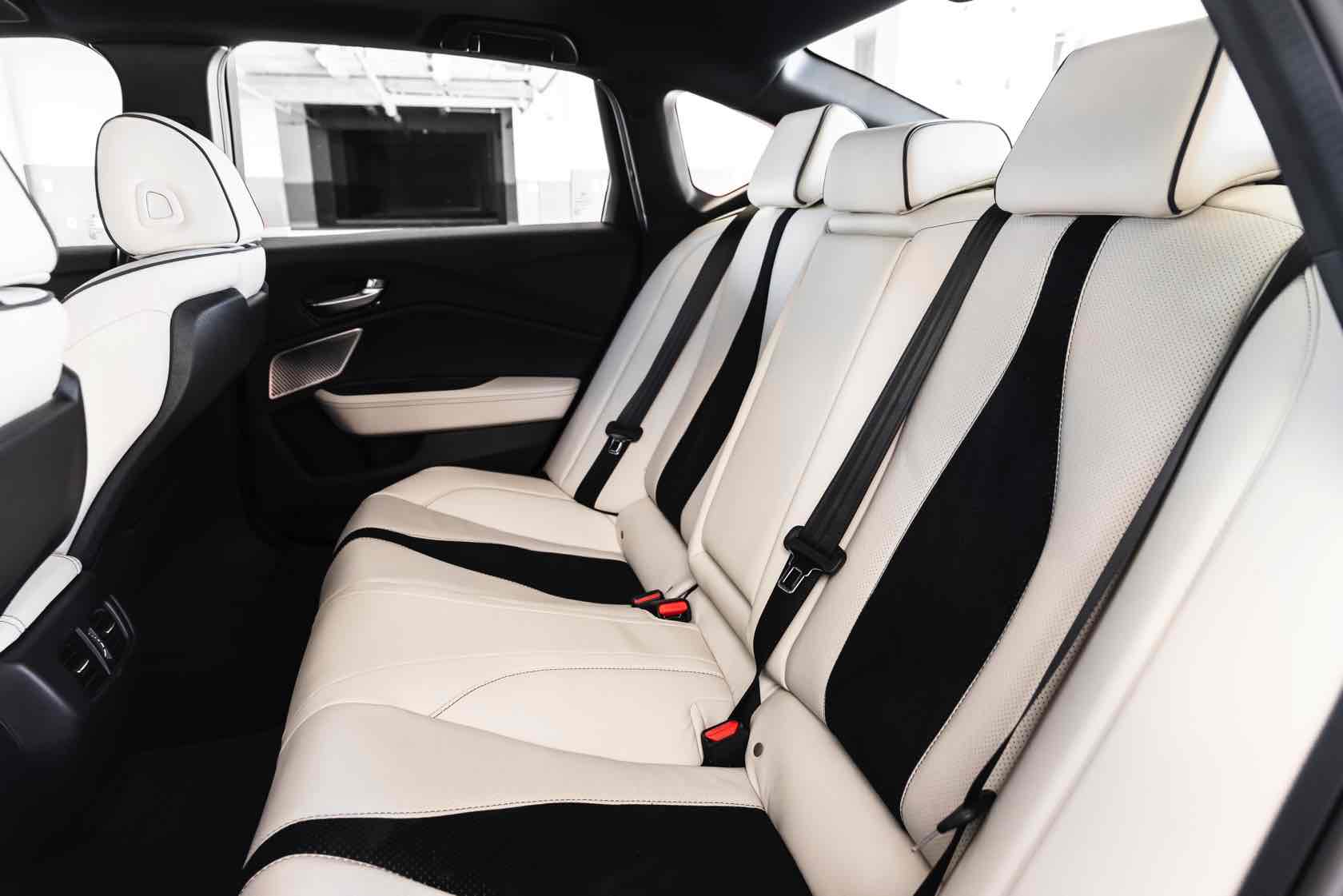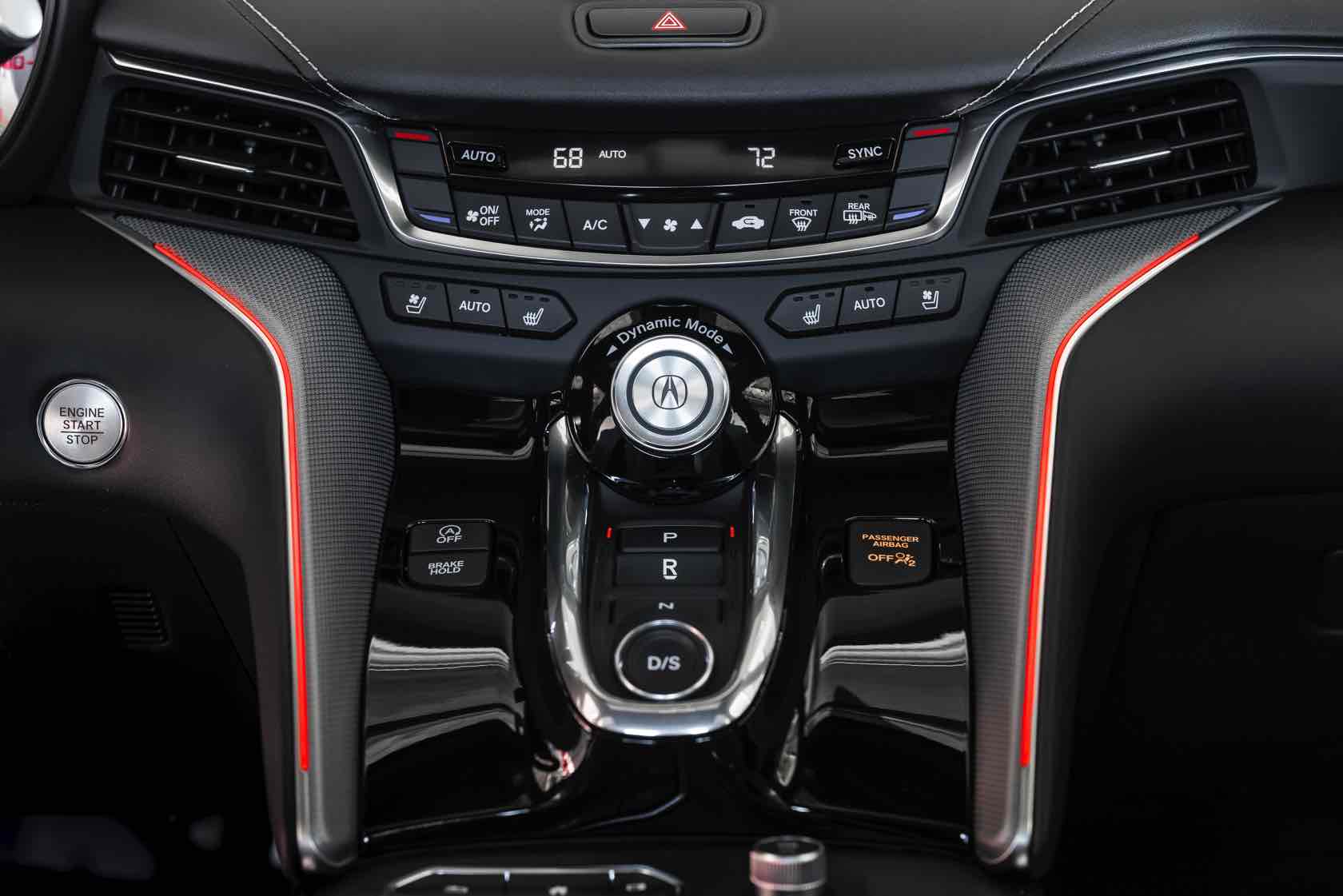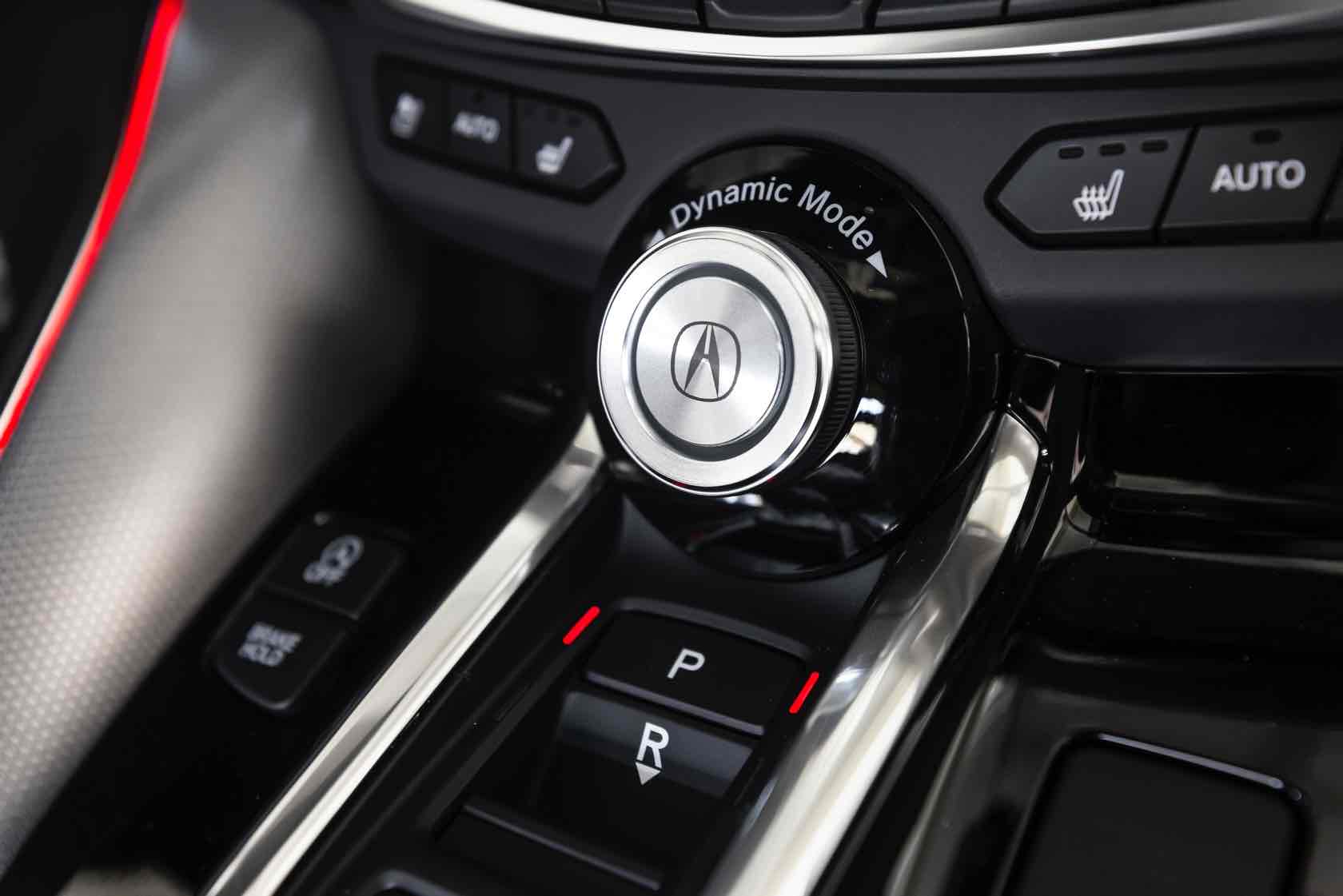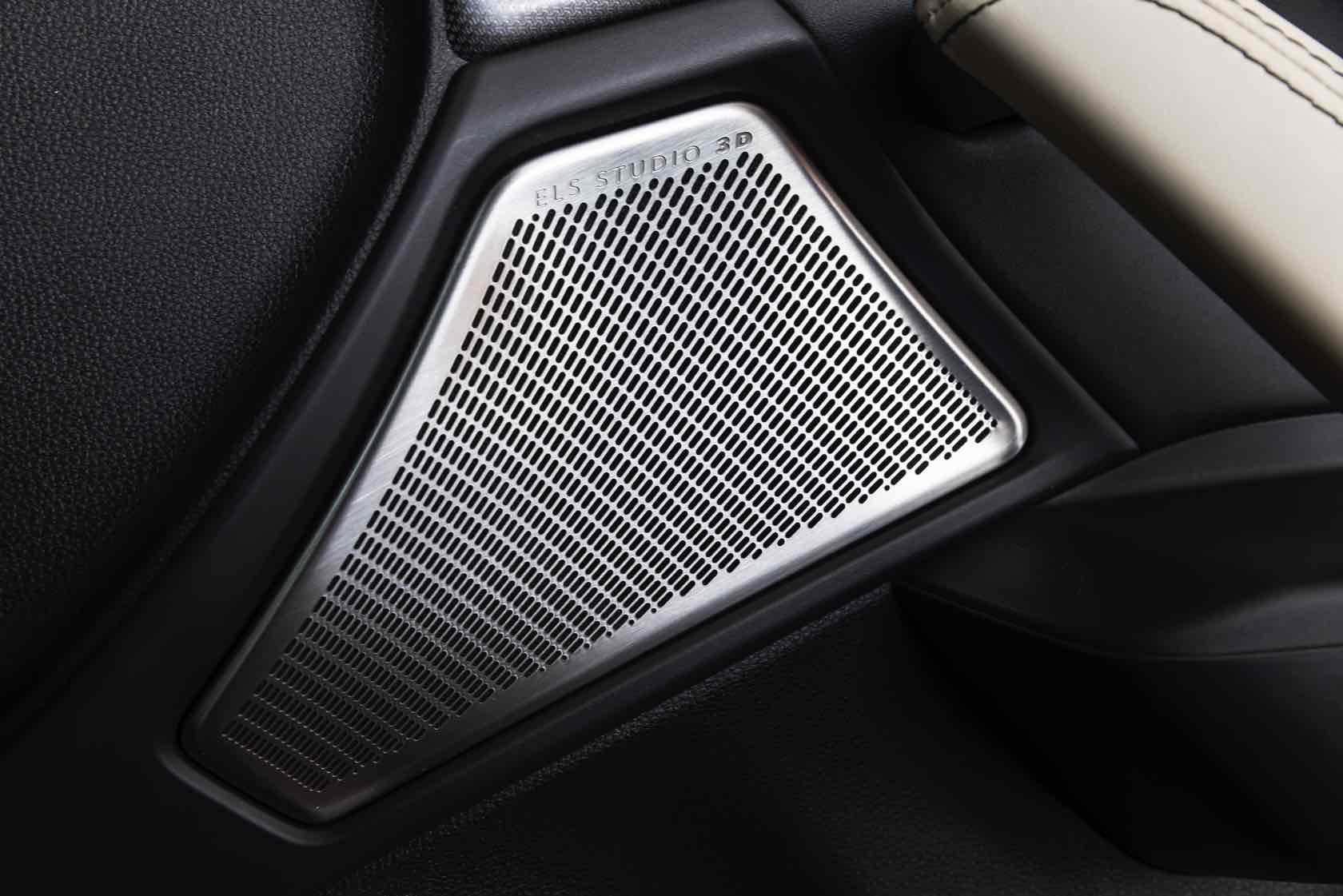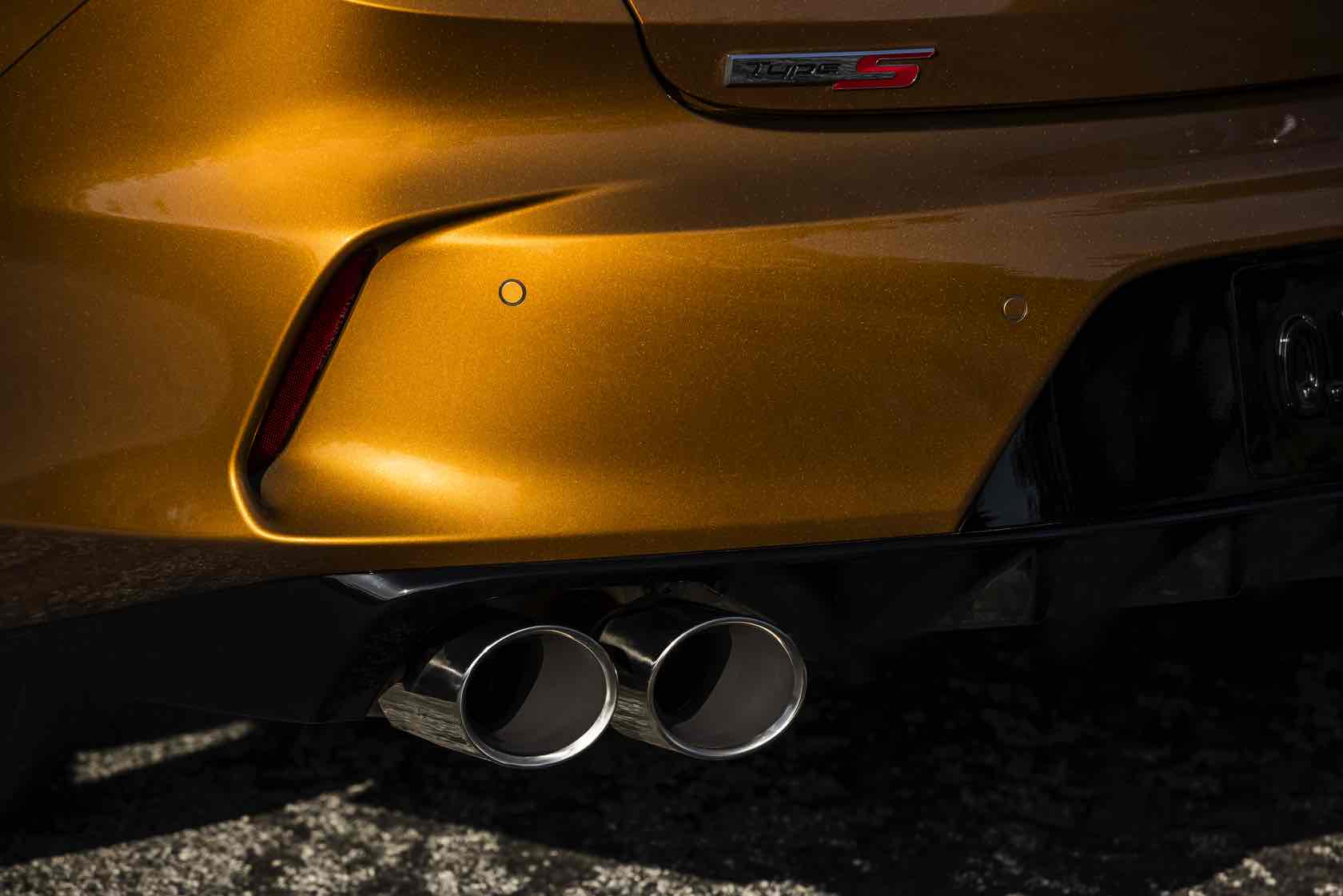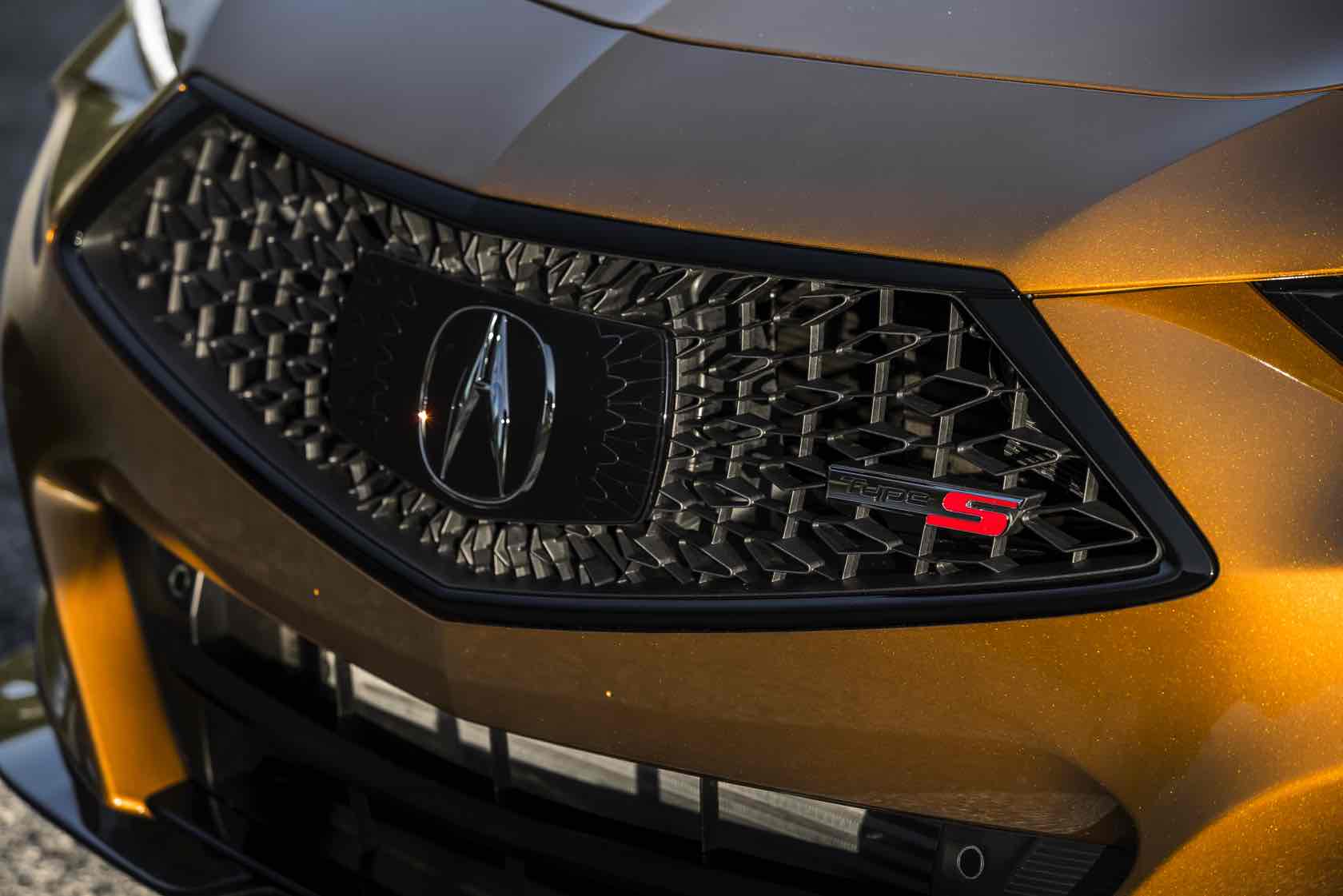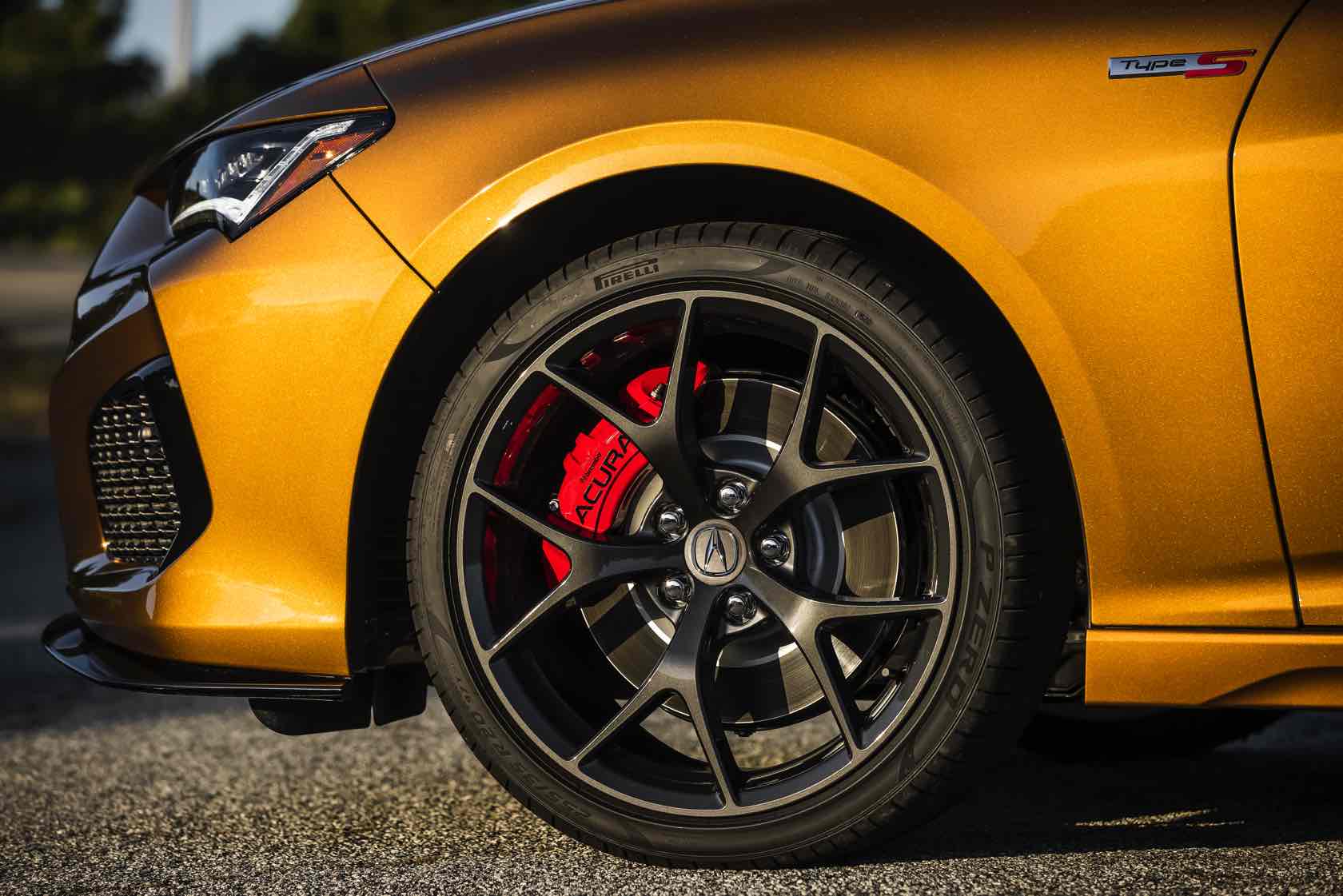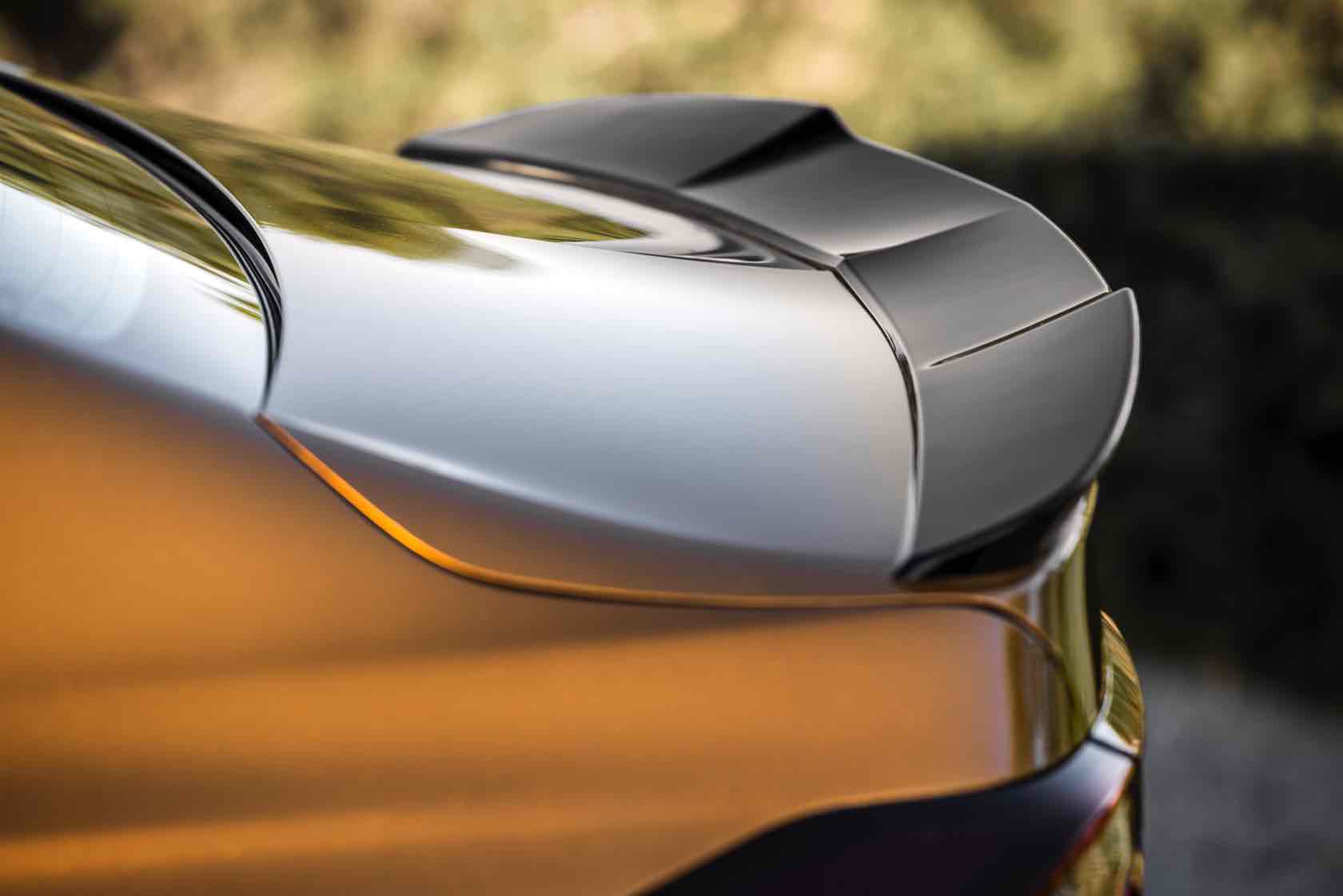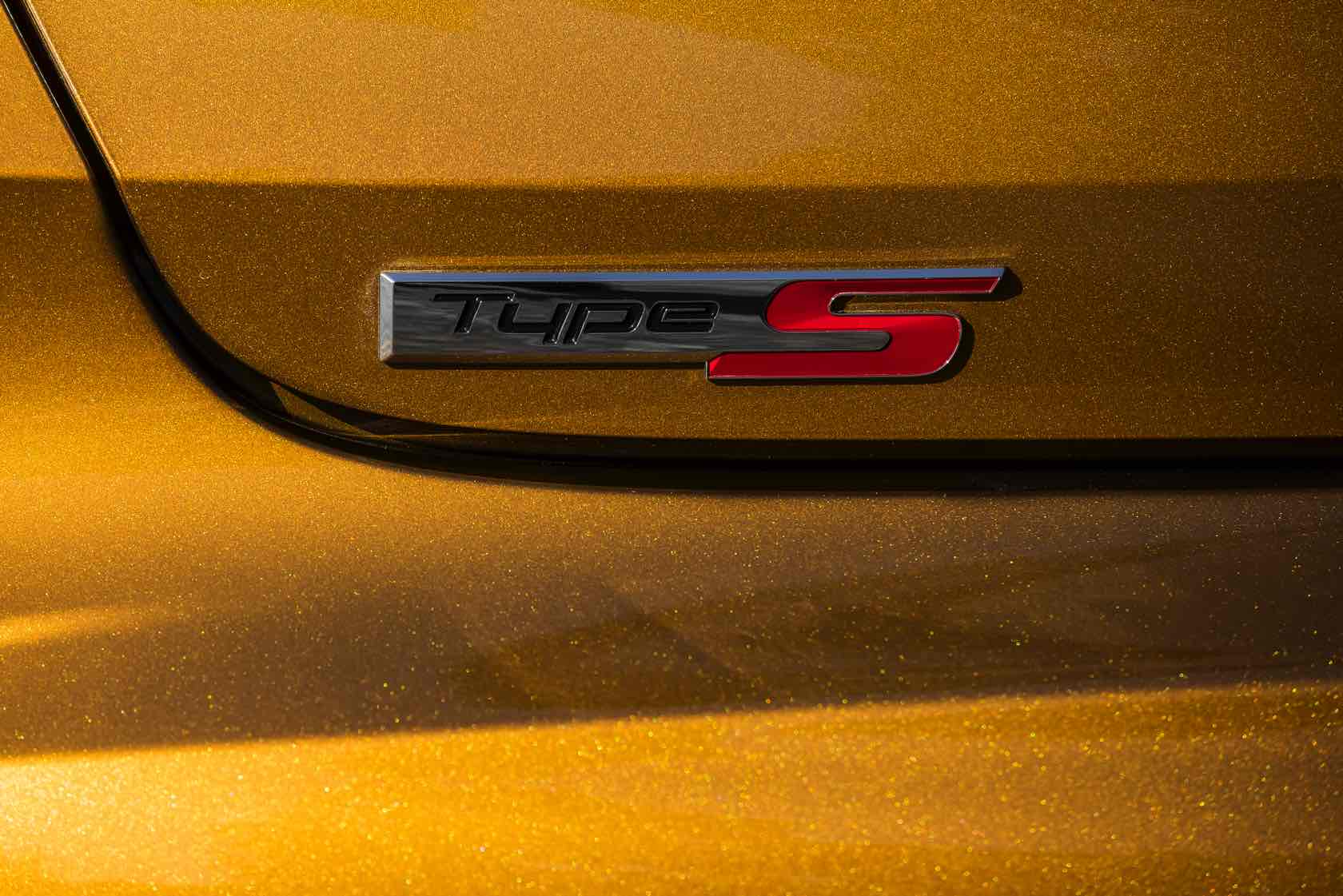2021 Acura TLX Type S First Drive: A Long-Awaited Return To Form
The 2021 Acura TLX Type S is a return to form for Honda's premium brand. Long renowned for offering spirited performance alongside the Integra Type R, the Type S arguably couldn't have returned at a better time. In a market where sedans comprise less than 38-percent of new premium vehicle sales, the TLX Type S is a compelling attempt to lure enthusiast drivers back from the domestic crutches of sport-utility vehicles and homogenous crossovers.
Acura knew from day one that they had to live up to Type S enthusiasts' expectations and had to challenge the leaders, referring to the likes of Audi S4, Mercedes-AMG C43, Genesis G70, and the BMW M340i xDrive. In my opinion, I highly respect the team for not only setting high benchmarks but also delivering the goods, making the Type S a true sports sedan that performs and handles like a sports car.
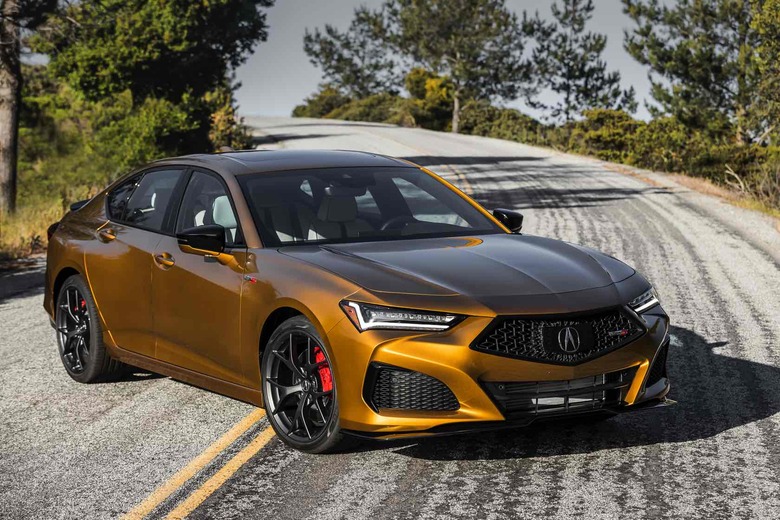
With a 13-percent stiffer body structure and additional bracing under the hood, you'll be unsurprised to hear that the already-great TLX is only more fun in Type S form when you get it out on the track. It also gets a new A-brace at the rear bulkhead and internal frame stiffeners in critical locations of the frame. Remember, the standard second-gen TLX has the stiffest sedan chassis produced by Acura, the Type S adds more strength, refinement, and response to cope with its powerful dual-scroll turbo V6 engine.
The WeatherTech Raceway Laguna Seca happens to one of my favorite racetracks in the world, mainly because of the blind crest, three-story drop, appropriately-named Corkscrew. Think of this section of the track as a high-speed rollercoaster for cars – and in my opinion, one of the best place to test just how well designed and dialed-in a chassis can be.
If you were to remove anything that screams out Acura, I would dare to say that Type S could easily pass for having one of the most perfectly-tuned chassis out there right now. Some years ago, BMW also held a press drive event for the new M2 at Laguna Seca – granted, both cars couldn't be any more different, but still have very similar structural stiffness with a superbly set up suspension.
The entry into the Corkscrew is abrupt and daunting: a blind, three-story drop that whips the car left and then right. The M2 is a smaller and more compact car, so it doesn't even break a sweat for obvious reasons. The Type S, though, is a 4-door sedan, and it also rotates and performs just as spectacularly – except it's also a family-friendly car.
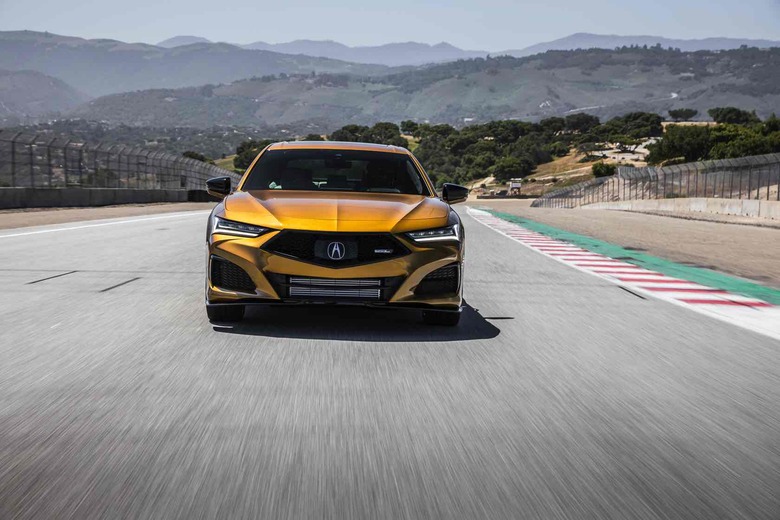
Of course, the most significant talking point of a high-performance Acura is the engine. Developed explicitly for the TLX Type S, the all-new 3.0-liter DOHC 24-valve engine has a single twin-scroll turbocharger churning out 15.1 psi of boost. Pumping out 355 horsepower and, more importantly, 354 pound-feet of torque from as low as 1,400 rpm, it's the engine that's been missing from Honda and Acura for decades. With a forged steel crankshaft and connecting rods, and bespoke pistons with high-density Ni-resist cast iron ring carriers, this free-revving V6 pulls with authority from the moment you step on the gas.
Ascending towards turn 1 is quite steep, so it requires a big chunk of torque to get up to speed after a slow exit from turn 11. For a sport sedan, meanwhile, 355 horsepower proved more than enough to get past 100+ mph by the time you reach the top.
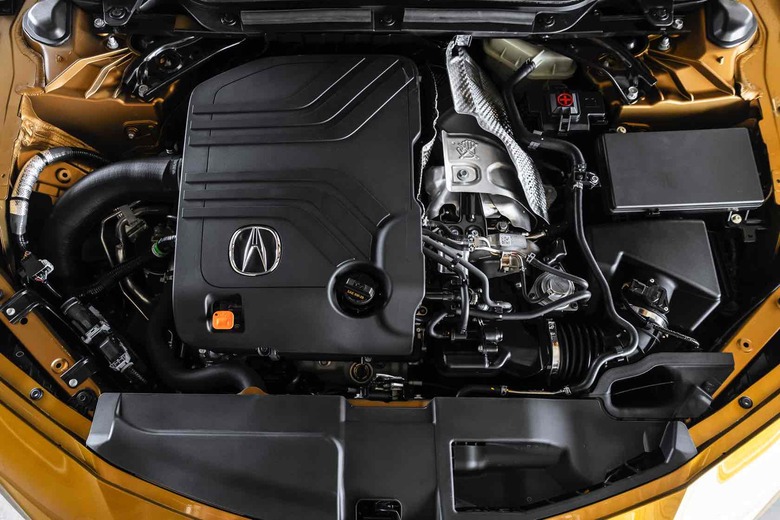
Most impressive is the engine's packaging. Fully assembled, the Type S' V6 motor is 8mm shorter than Acura's naturally-aspirated 3.5-liter V6 unit. Acura went to unfathomable lengths to ensure the turbocharged V6 will clear the low hood line of the TL Type S. You might not appreciate the lower hood lines until you're faced with blind turns at high speed, such as taking on turn 1 and the death-defying Corkscrew.
Obsession was the order of the day. Acura engineers developed a new valve cover that incorporates the cam bearing caps to reduce the engine's height, and they did it while still having room for Honda's Variable Cylinder Management (VCM) system. But, instead of relying on VTEC to close the valves on inactive cylinders during operation, the new DOHC cylinder heads have a more compact rocker arm and hydraulic lash adjuster design, like the sort you'll find in a Mitsubishi Evo's 4G63 DOHC 2.0-liter four-cylinder. On the flip side, by switching off three of the six cylinders when idling or cruising, the TLX Type S achieves an EPA-approved 19/25/21 mpg, highly impressive for a high-strung sports sedan.

Lord, can this engine can sing. It pulls strongly from above 1,400 rpm, and it does it oh-so-smoothly and steadily as if the motor is running on premium Irish butter instead of oil and fossil fuel. Credit goes to new engine mounts: Acura's Active Vibration Control (AVC), a system unique to the TLX Type S. AVC, utilizes sensors to detect and cancel vibrations from both the engine and chassis.
Meanwhile, the new TLX Type S also has an active exhaust system derived from the NSX hybrid supercar. With butterfly valves in each muffler that open or close accordingly, the exhaust sound is proportionate to the chosen driving mode. In normal mode, then, the valves are open during start-up and idling, while the valves remain close in Comfort mode until the engine reaches 4,300 rpm. In the 2021 Acura TLX Type S, an open butterfly exhaust valve means good times are ahead.
The engine is connected to a high-performance 10-speed automatic transmission with a new torque converter, updated internal gears, and more robust clutches to handle the power output. The gearbox sends power to all four wheels via Acura's fourth-generation Super-Handling All-Wheel Drive (SH-AWD), making the TLX the first Type S to get all-wheel traction. The new drivetrain increases the maximum rear axle torque capacity by 40-percent, while the rear wheels receive torque 30-percent faster than before. It can send up to 70-percent of torque to the rear axle – contrast that with Audi's S4, which sends as much as 85-percent to the rear on-demand – and 100-percent of the Acura's torque is then shiftable between the left or right rear wheel.
Acura happened to have an Audi S4 on hand, for comparison, but since time was short I opted not to partake. I already know how superb Audi's quattro all-wheel-drive handles on the road and track, having pushed it around one of the world's most famous raceways, Circuit de la Sarthe, where the 24 Hours of Le Mans takes place every year.

Once or twice today, I had fond memories hauling ass in the then-minty-new Euro-spec S4 at Circuit de la Sarthe right before qualifications for 24 Hours of Le Mans. The rain had temporarily stopped, so the asphalt was still wet and slippery. Thank goodness for the Audi quattro all-wheel-drive system, which bailed me out more than a few times – especially at the end of the Mulsanne straight, at which time you'll encounter a chicane where the S4 got sideways quickly. Chicane after chicane, quattro does a marvelous job – never once losing control. It's composed, allowing for a smooth exit with ease. With that in mind, I had urges to replicate something similar with the Type S to see if it's capable of mimicking a rear-wheel-drive sports car.
Kicking out the rear end, aka drifting, isn't as easy as Hollywood leads you to believe. It takes the right car, timing, some previous experience, and some luck, and not necessarily in that order.
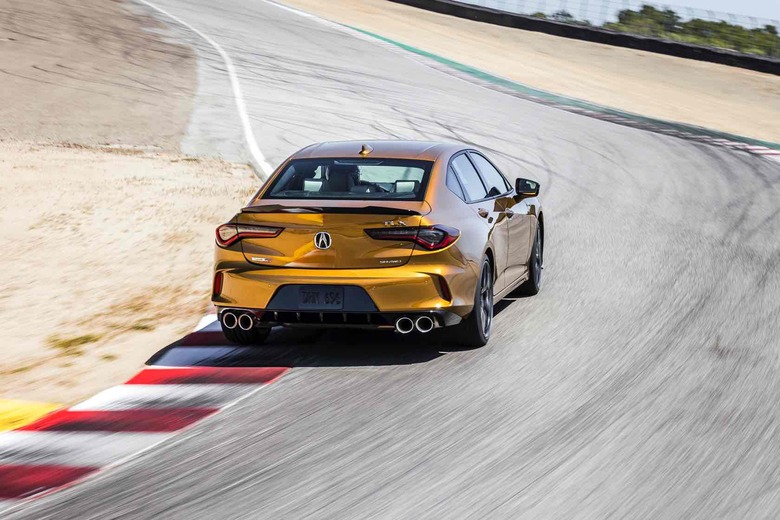
The track setup consisted of the lead instructor piloting a gorgeous NSX, followed by three Type S. I was car number one of three. It's been a few months since my last track event with Maserati at Big Willow and a couple of years since I tracked Laguna Seca, so I thought it couldn't hurt seeing the racing lines close and upfront. Believe it or not, driving behind the lead car restricts you because you're following the instructor – he has all the power to control how fast you get to drive. There was little room to misbehave because behind you are two other colleagues following you closely. Any mistakes or misshape can turn disastrous quickly.

That said, the second stint, I laid claim to position number three, which I believe is now my favorite position in the lineup simply because I can give myself a ton of room to speed up, slow down, take a turn hard or wait to late brake without the fear that should I screwup, my colleague behind me might ram right into me.
Why's this important? Getting back to kicking out the backend of the Type S... in my assessment, it's only possible to drift in safely and out of turn 2 and 3. But before we go there, I need to back up and explain the exit of turn 11, which I get to roar past the grandstands ferociously and then climb up a blind left turn, which then drops you down into turn 2. Late braking into turn 2 is nothing short of pretty awesome, thanks to the superb Brembo brakes.
There are a couple of ways two negotiate turn 2, so for me, I visualized more of arc with a tighter yet slower entry towards the first apex and then set the Type S to throttle out hard on exit from the second apex. This allowed me the complete control to throttle hard, which allowed the rear to swing out toward the right side just like a rear-wheel drive car would behave – yes, success. But then, that was just the first step, which then required catching the drift for a quick setup for turn 3, which is a fast-sweeping right-hander. With everything that went down, I would say it was 30% me and 70% Type S, so I'm delighted to share that it did not disappoint!
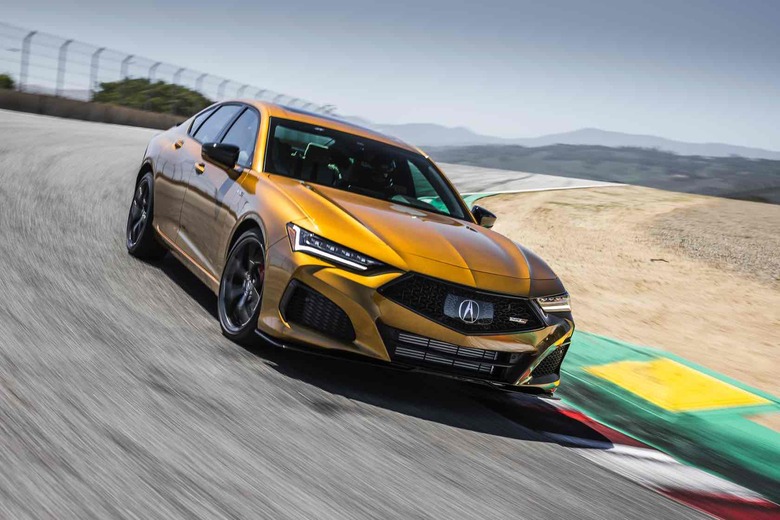
All of this was possible thanks to Acura's Vehicle Stability Assist and Agile Handling Assist, and SH-AWD for better handling, sticky traction, and faster torque distribution befitting of a hyper-focused sports sedan. The system allowed me to overdrive the rear axle by 2.9-percent to amplify the yaw effect of the tail when cornering. I can tell you all the nerdy details of Acura's fourth-gen SH-AWD, but the only thing you need to know is it performs unobtrusively under duress and reacts instantaneously to the slightest loss of traction. Call me impressed.
As if having a new and more powerful turbo V6 engine, a brilliant all-wheel drivetrain, and an ultra-stiff chassis is not enough, the 2021 TLX Type S marks the long-awaited return of Honda and Acura's front double wishbone suspension, last seen in the Acura TL Type S from 2014 and the sixth-generation EK Civic from 1995 to 2000. In my reckoning, a standard MacPherson setup will never quite achieve the precise wheel camber, caster, and toe angles of a genuine double-wishbone architecture, and Acura knows this for a fact. Coupled with 40-percent stiffer front springs, a 9-percent stiffer stabilizer bar, and adaptive dampers, the TLX Type S is a willing partner on those curvy, mountainous highways that were next up after track-time.
When the fun is over, meanwhile, the 2021 Acura TLX Type S can drive like a standard Acura luxury sedan. It has 16-way heated and cooled seats with Ultrasuede inserts, Milano leather upholstery, standard navigation with a 3D-view feature, Apple CarPlay and Android Auto, wireless charging, an ELS Studio audio system with 17 speakers and twin subwoofers, rain-sensing wipers, and a comprehensive suite of Acura Watch active safety tech.
All-in-all, the TLX Type S isn't not a bad-looking sports sedan, either. The new Acura TLX Type S has all the styling elements of a hardcore speed machine. That long hood, bulbous rear fenders, and long-wheelbase are classic elements of a performance sedan.
Throw in those gorgeous and lightweight 20-inch wheels (wrapped in optional Pirelli P Zero summer tires), Brembo brakes with four-piston calipers and 14.3-inch rotors, standard safety features, adaptive dampers, heated/ventilated seats, 16-way power front seats, premium audio, and a head-up display among other things, and you get to just $52,300. Compared to the $63,095 price tag of the Audi S4 Premium Plus, that's a whole lot of bang for your buck. If this can't get Acura fans – and sports sedan fans in general – out of their crossovers and SUVs, nothing will.

